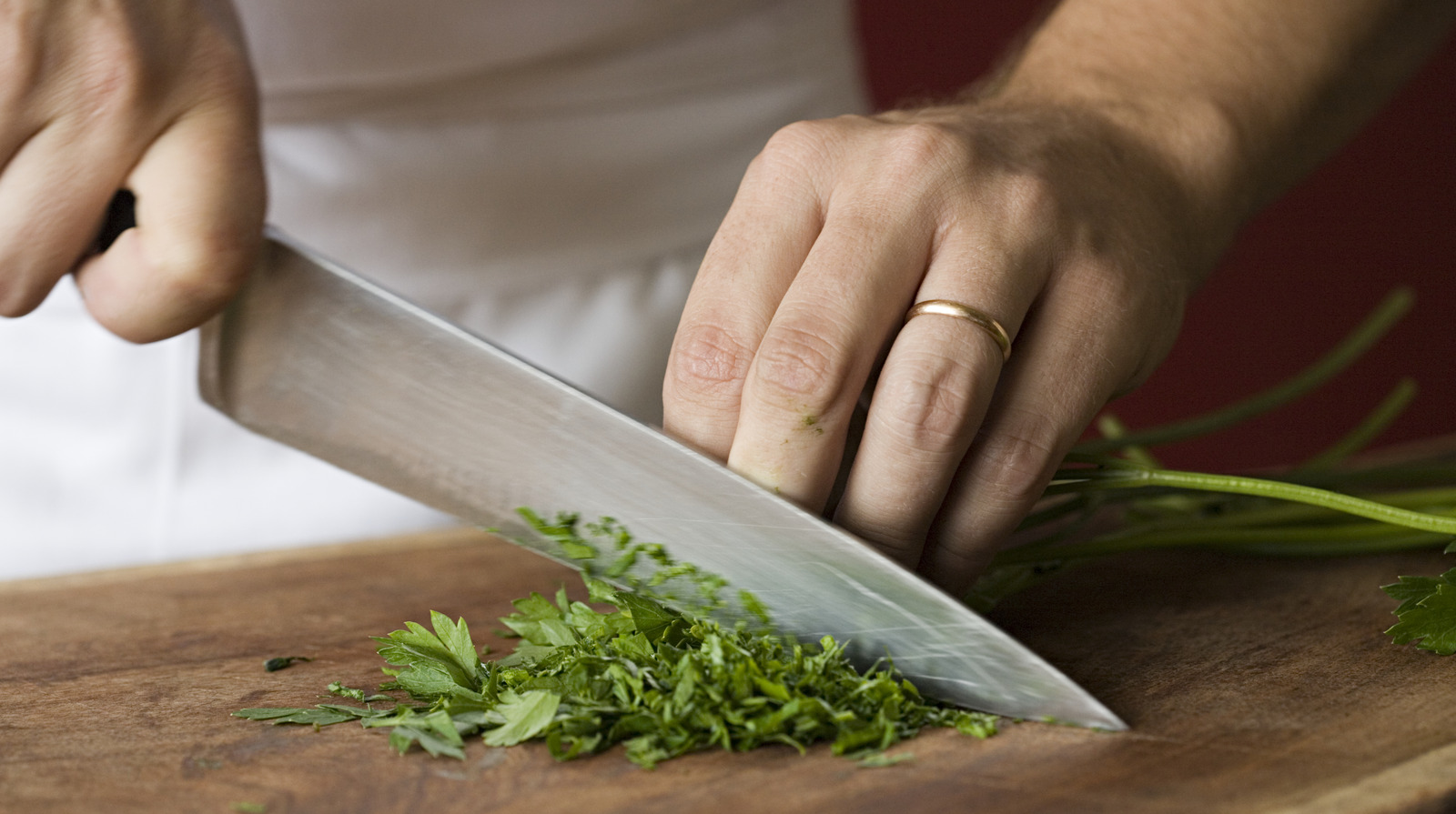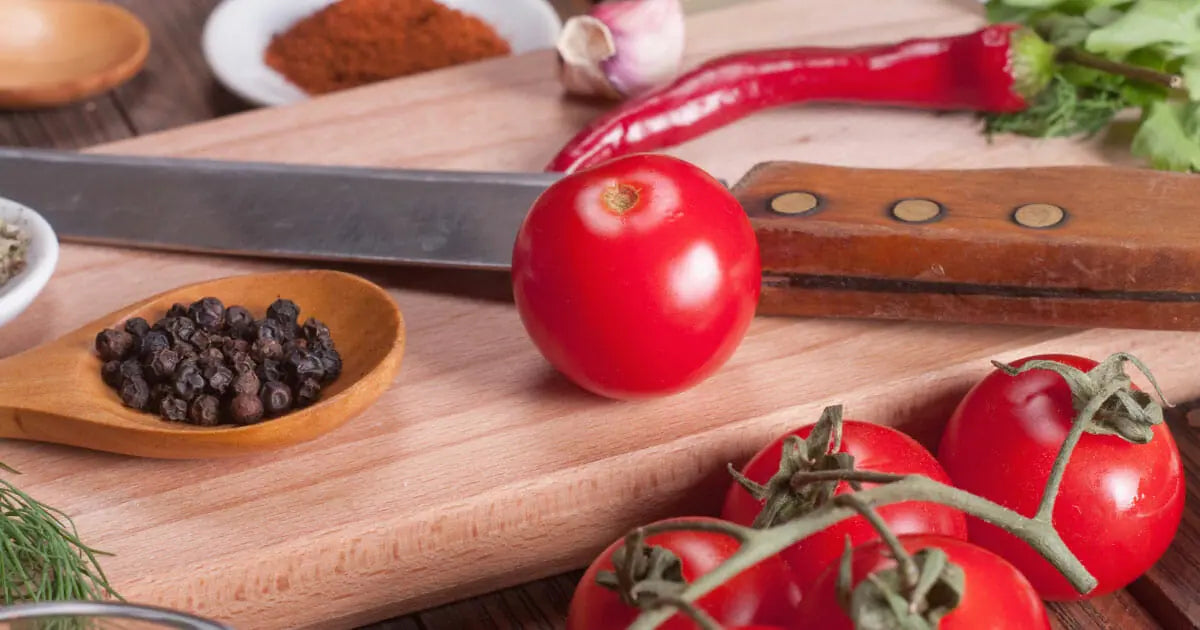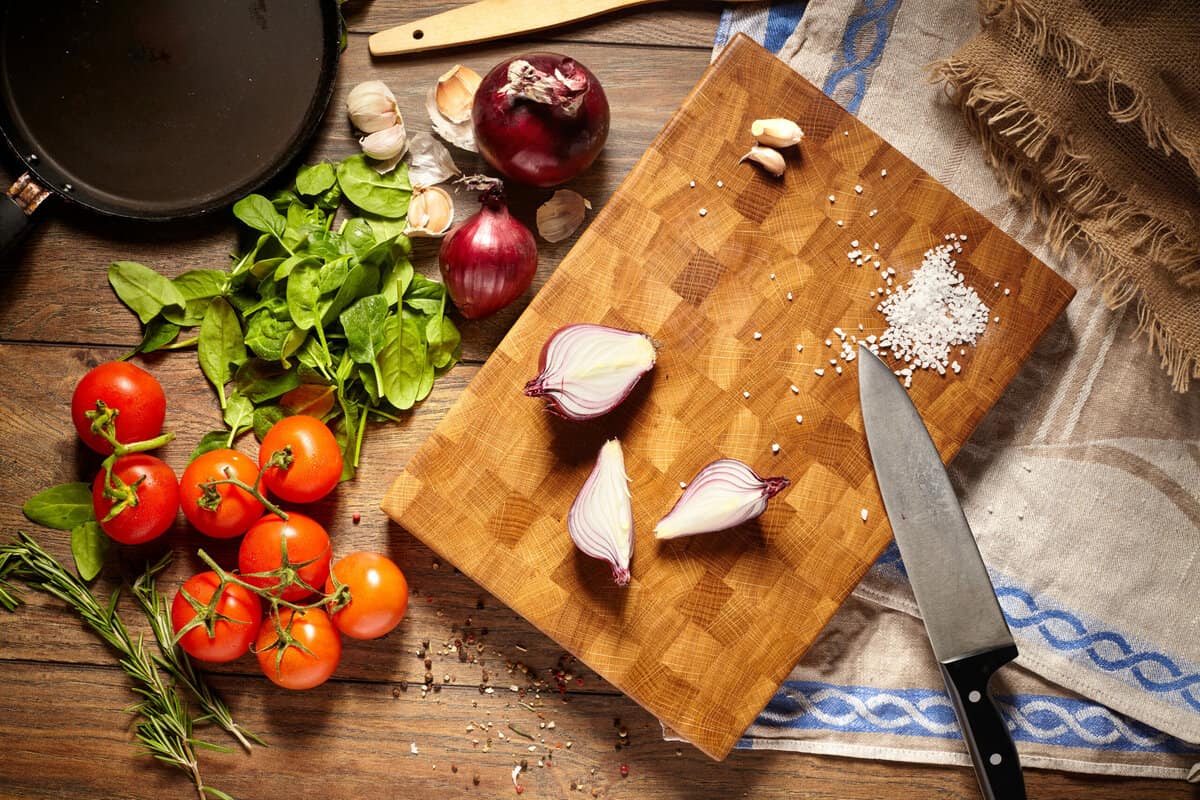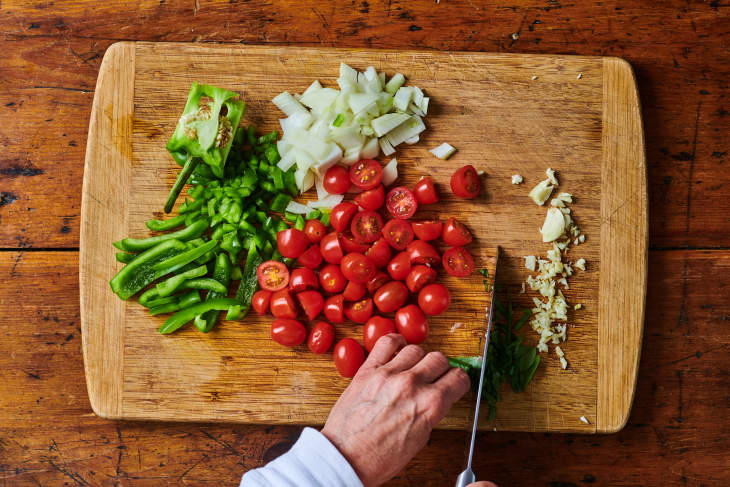A wooden cutting board is an essential tool in every kitchen, especially for culinary professionals. However, when it comes to hygiene and proper care, understanding how to clean a wooden cutting board that was sitting in the sink is crucial for maintaining its integrity and ensuring food safety. Lets dive deep into the steps and methods for cleaning your cutting board effectively while preserving its lifespan.

Why Is Proper Cleaning of Wooden Cutting Boards Crucial?
Wooden cutting boards are favored by chefs and home cooks alike due to their durability, aesthetic appeal, and natural antibacterial properties. However, when left soaking or sitting in a sink, these cutting boards can quickly become a breeding ground for bacteria, food particles, and unpleasant odors.
Improper cleaning practices can result in the deterioration of the woods surface, leading to cracks, warping, and ultimately rendering the board unsafe for food preparation. This article addresses the problem and offers practical solutions, ensuring your wooden cutting board remains both functional and beautiful.
Step-by-Step Guide on Cleaning a Soaked Wooden Cutting Board
Heres a complete guide on how to clean a wooden cutting board that was sitting in the sink:
1. Initial Rinse and Removal of Debris
Start by rinsing the cutting board with warm water. Avoid using hot water as it can cause the wood to expand and eventually crack. Use a soft-bristle brush or a sponge to gently scrub off loose food particles.
For more detailed instructions on cleaning various types of cutting boards, visit this guide from Culina Cooks.
2. Cleaning with Soap
Use a mild dishwashing soap to clean the board. Apply a small amount to a damp sponge and gently scrub the surface, focusing on stains and areas where food particles might linger. Rinse thoroughly with warm water to ensure no soap residue is left behind.
3. Addressing Stains and Odors
For cutting boards that have been sitting in water, deep stains and unpleasant odors are likely issues. One effective way to handle this is by using a mixture of baking soda and white vinegar. Sprinkle baking soda onto the boards surface, then spray or pour a small amount of vinegar. Allow the mixture to bubble and sit for a few minutes before scrubbing and rinsing thoroughly.
Check out this useful guide on cleaning a checkerboard cutting board for similar techniques on handling persistent stains.
4. Dealing with Deep Water Saturation
If your cutting board has absorbed too much water from sitting in the sink, its important to dry it out properly to prevent warping or cracking. Pat the board dry with a clean towel and let it stand upright in a well-ventilated area. Avoid placing it near direct heat sources, like a stove or heater, as this could cause uneven drying.
Preventing Future Problems with Wooden Cutting Boards
Seasoning Your Wooden Cutting Board
Regularly oiling your wooden cutting board can enhance its resistance to water absorption and extend its lifespan. Use food-grade mineral oil or a specialized cutting board oil. Check out this article detailing why oiling your cutting board is so important.
Proper Washing Techniques
To prevent a wooden cutting board from soaking in water, wash it immediately after use. Gently scrub it with mild soap and warm water, rinse, and wipe dry. Never leave it submerged in water for long periods or let it sit in the sink unwashed.
Storage Guidelines
Store your cutting board in a cool, dry area, allowing it to stand upright if possible. This positioning promotes air circulation and prevents moisture buildup, which can lead to bacterial growth.
Common Mistakes to Avoid When Cleaning Wooden Cutting Boards
Using a Dishwasher
While dishwashers are convenient, they are not suitable for wooden cutting boards. Prolonged exposure to heat, moisture, and harsh detergents in a dishwasher can ruin the wood.
Using Bleach
Although bleach is effective in killing bacteria, it is too harsh for wooden surfaces. Its use might strip the boards natural finish and cause discoloration.
Importance of Maintenance and Longevity
Wooden cutting boards are investments, especially high-quality ones, as they are durable and long-lasting when cared for properly. With routine cleaning, maintenance, and care, your wooden cutting board can serve you for years without losing its appeal or function.
For an in-depth look at the benefits of wooden cutting boards, visit this Southern Living article.
FAQs
1. Can I use lemon and salt to clean my wooden cutting board?
Yes, lemon and coarse salt are effective natural cleaning agents. Sprinkle salt onto the board and scrub using half a lemon. Rinse thoroughly and dry immediately.
2. Should I replace my cutting board if it cracks?
Yes, a cracked cutting board can harbor bacteria and is unsafe for food preparation. Replace it or consider repairing it, if possible.
3. How often should I oil my wooden cutting board?
It depends on frequency of use, but as a general rule, oil your board once a month or whenever it begins to look or feel dry.

Conclusion
Mastering the process of how to clean a wooden cutting board that was sitting in the sink is essential for chefs and kitchen professionals to maintain safety and functionality in their workspaces. By following proper cleaning techniques, addressing stains and odors, and ensuring proper maintenance, you can greatly extend the life of your beloved wooden cutting boards.
This article contains affiliate links. We may earn a commission at no extra cost to you.






Leave a comment
This site is protected by hCaptcha and the hCaptcha Privacy Policy and Terms of Service apply.